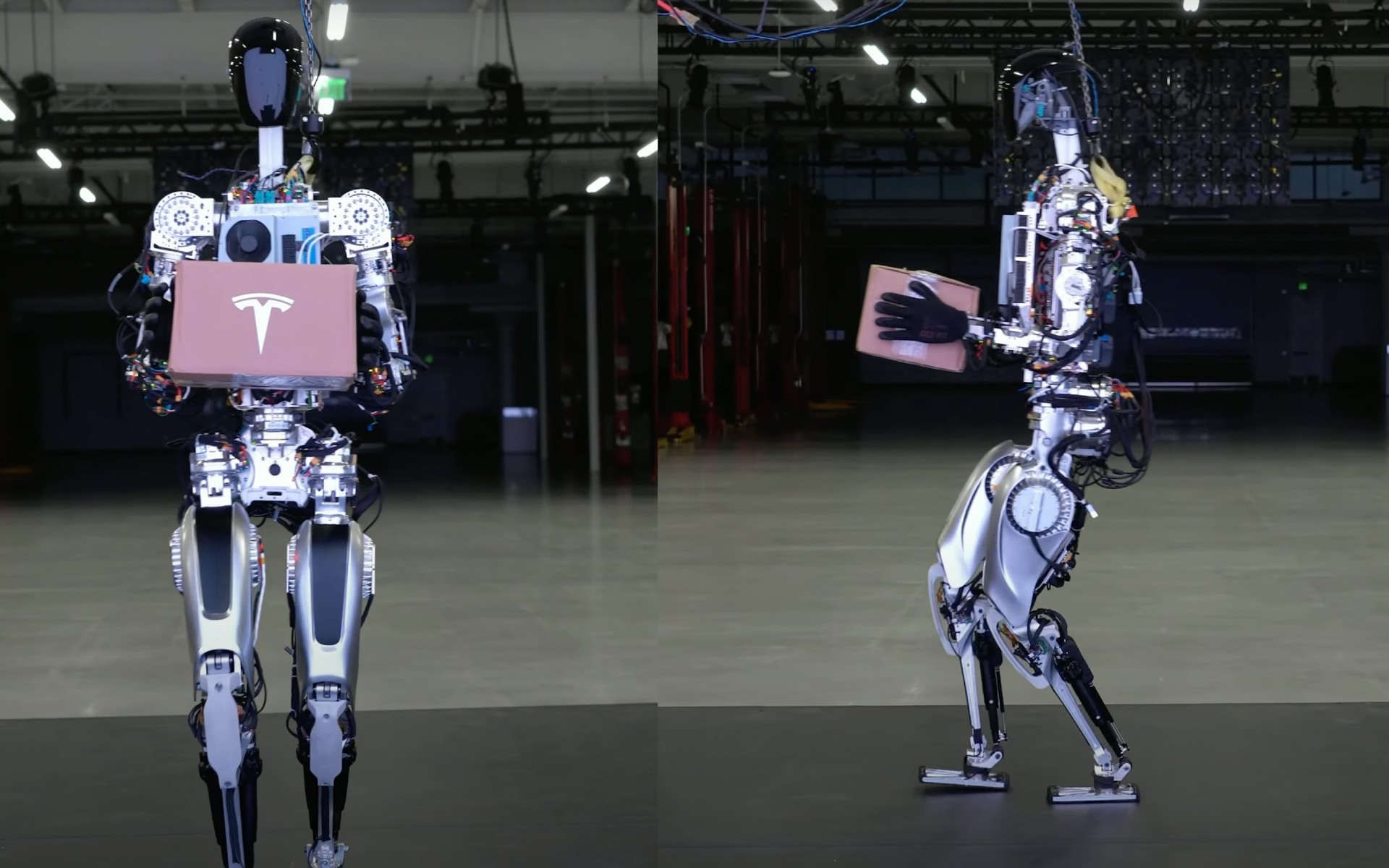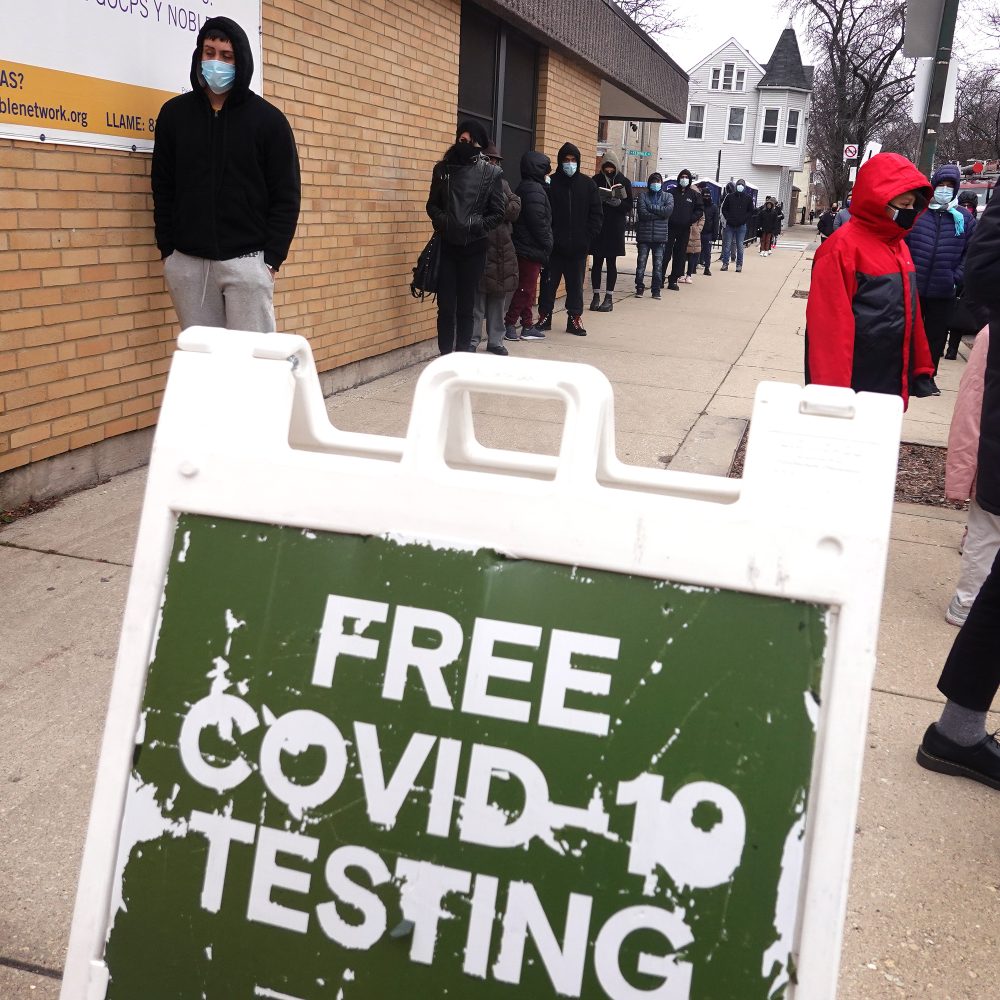Optimus Robot Development: Tesla Navigates Challenges From China's Rare Earth Policies

Table of Contents
China's Dominance in Rare Earth Element Production and its Impact on Optimus Robot Development
Rare Earth Elements: The Unsung Heroes of Robotics
The Optimus robot, like many advanced technologies, relies heavily on rare earth elements (REEs). These minerals, including neodymium, dysprosium, and praseodymium, are crucial components in the robot's sophisticated systems. Their unique magnetic and electronic properties are indispensable for:
- High-performance motors: REEs are essential for creating powerful and efficient motors that drive the robot's movements.
- Precision sensors: Many sensors used for navigation and object recognition rely on REE-based components.
- Actuators: The precise control of the robot's limbs and joints depends on actuators containing REEs.
China currently controls a vast majority of the global rare earth mining and processing market. Estimates suggest China holds over 70% of global REE production capacity, giving them significant leverage over the global supply chain. This dominance creates significant vulnerabilities for companies like Tesla that rely on these materials for their technological advancements.
Geopolitical Risks and Supply Chain Vulnerabilities
Tesla's reliance on China for rare earth elements exposes the company to several significant geopolitical risks:
- Trade wars and tariffs: Escalating trade tensions could disrupt the flow of REEs, delaying Optimus robot production and increasing costs.
- Political instability: Internal political changes in China could also impact the availability and price of these crucial materials.
- Supply chain disruptions: Natural disasters, unforeseen events, or even deliberate actions could severely impact REE supply, causing production delays and shortages.
To mitigate these risks, Tesla may need to pursue alternative sourcing strategies, such as:
- Investing in rare earth mines outside China: Developing partnerships with mining companies in countries like Australia, Canada, or the US could diversify its supply chain.
- Partnering with other companies: Collaborating with companies that have already established diverse REE supply chains could provide access to alternative sources.
Tesla's Strategies to Mitigate Rare Earth Dependency for Optimus
Innovation in Material Science and Design
Tesla's long-term strategy likely involves significant investment in research and development to reduce its reliance on REEs. This could include:
- Substituting REEs with alternative materials: Scientists are actively researching alternative materials that could perform similar functions without the need for REEs.
- Developing more efficient designs: Optimizing the robot's design to minimize the quantity of REEs required could significantly reduce its dependence on China.
- Recycling and reuse of REEs: Implementing efficient recycling programs for REE components could reduce the need for new mining.
While these initiatives are promising, they require substantial investment and time to yield significant results.
Diversification of Supply Chains
Tesla is almost certainly working on diversifying its supply chains to lessen its dependence on any single source. This may involve:
- Securing contracts with multiple suppliers: This approach minimizes the impact of any single disruption in the supply chain.
- Developing strategic partnerships with governments: Collaborating with governments in other countries could provide access to rare earth resources and facilitate the development of new mining projects.
- Investing in upstream processing: Establishing processing facilities outside of China could reduce reliance on Chinese processing plants.
Diversifying its supply chain is crucial for Tesla to ensure the long-term viability of the Optimus robot project.
The Broader Implications of Rare Earth Dependence for the Robotics Industry
Global Competition and Technological Advancement
China's dominance in the rare earth market has significant implications for the global robotics industry:
- Increased competition: Companies that rely heavily on China for REEs face a competitive disadvantage.
- Slower technological advancement: Disruptions in the supply chain could slow down the pace of innovation in robotics.
- Geopolitical influence: China's control over REEs gives it significant leverage in shaping the global robotics landscape.
The global robotics industry needs to find solutions to address these issues, fostering competition and ensuring access to rare earth materials for all players.
Ethical and Environmental Concerns
The ethical and environmental implications of rare earth mining cannot be ignored:
- Environmental damage: Rare earth mining can lead to significant environmental damage, including water pollution and habitat destruction.
- Labor practices: Concerns exist about labor practices in some rare earth mining operations.
- Lack of transparency: The lack of transparency in the rare earth supply chain makes it difficult to ensure responsible sourcing.
The robotics industry needs to advocate for sustainable mining practices, promoting transparency and ethical sourcing to ensure the long-term viability of the industry.
Conclusion
Tesla's Optimus robot development faces significant hurdles due to China's dominance in the rare earth element market. The geopolitical risks associated with this dependence are substantial, potentially causing production delays, increased costs, and vulnerability to supply chain disruptions. To mitigate these challenges, Tesla must aggressively pursue diversification of its supply chains, invest heavily in materials science and design innovation, and actively promote sustainable and ethical sourcing practices. The future of Optimus robot development and the broader robotics industry hinges on addressing these critical issues. Further research and investment in alternative materials and responsible sourcing practices are crucial for ensuring a secure and ethical future for Optimus robot development and the advancement of other advanced robotic technologies. Stay informed on developments in Optimus robot production and the global rare earth market.

Featured Posts
-
 Anchor Brewing Company To Shutter A Legacy Concludes After 127 Years
Apr 24, 2025
Anchor Brewing Company To Shutter A Legacy Concludes After 127 Years
Apr 24, 2025 -
 Lab Owner Pleads Guilty To Falsifying Covid Test Results
Apr 24, 2025
Lab Owner Pleads Guilty To Falsifying Covid Test Results
Apr 24, 2025 -
 Invest Smart A Geographic Analysis Of The Countrys Best Business Opportunities
Apr 24, 2025
Invest Smart A Geographic Analysis Of The Countrys Best Business Opportunities
Apr 24, 2025 -
 Canadas Fiscal Future A Need For Responsible Liberal Spending
Apr 24, 2025
Canadas Fiscal Future A Need For Responsible Liberal Spending
Apr 24, 2025 -
 The Bold And The Beautiful Wednesday April 16 Recap Liams Strange Behavior And Bridgets Stunning Discovery
Apr 24, 2025
The Bold And The Beautiful Wednesday April 16 Recap Liams Strange Behavior And Bridgets Stunning Discovery
Apr 24, 2025
